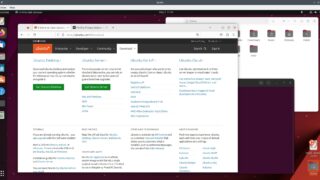How to Boot Ubuntu 23.04 Live ISO with Qemu/KVM on Ubuntu Host
Qemu+kvm is an excellent free virtualisation solution for linux host systems. It can run any gui operating system pretty much like virtualbox or vmware. KVM provides virtualised access to cpu and memory whereas qemu emulates other hardware components like disk drives. Together they provide a complete solution to launch a virtual machine that a user… Read More »



